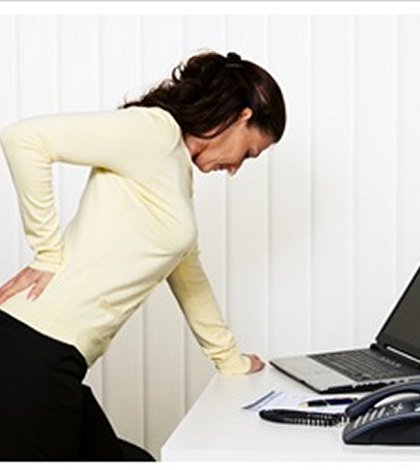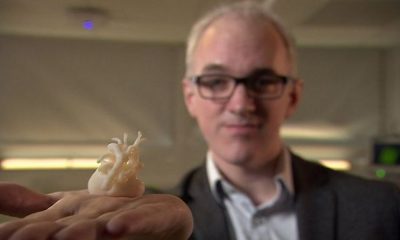What to do when a back spasm strikes. Back spasms often require immediate care and attention. Here are some important tips and guidelines to follow.
Stop and Rest
Find immediate rest. Carefully move to a bed or comfortable surface to remain immobile. Your spasm is a warning sign that you must not continue to move, and to stop the activity that triggered it. By lying down, you will help to stop triggering the muscles that are in spasm and reduce the intensity and duration of the spasm.
Relax the Muscles
Try to relax the muscles that are in spasm with slow and controlled breaths. The muscles are contracting in order to keep you from moving. This is to protect another area of your body that is a risk of injury such as a weaker muscle, a joint or a disc. When you are stationary in bed, you can provide this immobility. After, you can focus on relaxing these very tight and rigid muscles. Because the muscle is spasm, it is becoming progressively shorter and consequently more painful. As you try to relax, do not allow the muscle to contract further. Instead, try to extend it with very gentle bending and extending movements opposite to the contraction of the muscle. A few degrees is all that is required. Take very slow and controlled inward and outward breaths to become more calm and to help relax yourself, even though you are uncomfortable.
Stretch Carefully and Slowly
Extend the muscle that is in spasm. Don’t try to over stretch. Only allow very slight increments. Extend and move gradually. By increasing the length of the muscle, you will decrease the amount of pain from that muscle. This also reduces injury to the area that the muscle is trying to protect. Alternate periods of stretching with rest. Don’t allow the muscle to contract during your rest phase as it will re-spasm.
Treat the Area
Gentle massaging may help with soothing the pain and allow the muscle to slowly release. Try only to massage the muscle gently. Avoid massaging if the muscle is directly over the source of injury. You don’t want to aggravate an injured joint or nerve with massage.
If the pain is severe and mobility is very difficult, anti-inflammatory or anti-spasmodic medication may be required. Use with caution and only if needed. Avoid relying on medication to control your spasm as it may interfere with proper treatment.
For the first 48-72 hours after your spasm, carefully apply a cold pack to the area to reduce any inflammation present. Protect the skin from any risk of ice burn with a thin towel before applying the pack. Apply for 20 minutes and use every 1-2 hours as needed.
After 72, carefully apply moist heat. A wet towel or warm shower will help. Its is important to improve circulation to the injured muscle in order for it to recover and function well.
Make sure that you are drinking enough fluids as dehydration and loss of electrolytes may affect the length and success of your recovery.
Consult a physician to diagnose any serious injury that may be an underlying cause of your back spasms.
Targeted Exercise
When you can resume normal activities again, follow a low back pain exercise routine that is designed to prevent the recurrence of your spasm.
It may be the cumulative weakness, tightness and imbalances of the muscles that protect the lumbar spine that require attention and conditioning. Avoid returning to your normal routine unless you adjust your routine in order that it is safer for your back. By not adjusting your routine or treating the source of your back spasm, it may eventually return. Prevention is essential to long term healing and recovery.





















